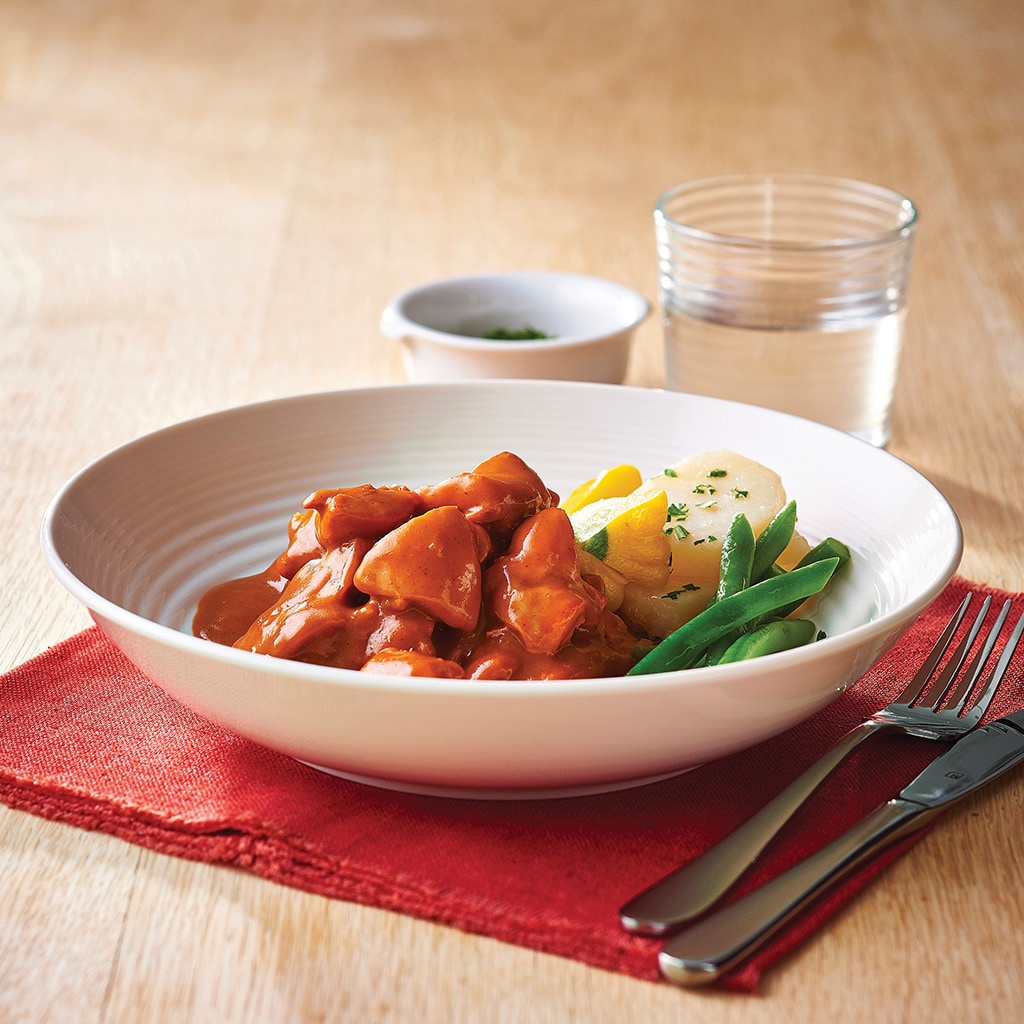Posted on Monday, 24ᵗʰ February, 2020
With the introduction of the new Aged Care Standards in Australia in 2019, Aged Care facilities have had to adapt to standards which may not have been created directly for food and the dining environment. In particular, the ‘customer first’ focus has seen a more integrated approach to how food staff, carers and specialists such as dieticians, speech pathologists and nutritionists work together with residents to make sure both needs and wants are accommodated.
One of the biggest ways Aged Care dining has adapted is the move towards treating residents as customers, and the dining experience more like a full-service hotel environment.
One of the advantages of this new direction is that much of what is being implemented can be done with minimal cost or change to existing processes, staffing and meal planning – which can have a significant impact on resident health and happiness.
Here are three initiatives which are becoming the new normal for Aged Care dining:


Few people – at any age – can anticipate what they would like to eat for dinner in the future. Most of us like to choose what to eat close to the time we are going to eat it. Frequently, our decisions are influenced by what we see and smell around us when we are hungry.
So without changing your menu, you can easily allow your residents to choose what to eat at the time they are going to eat it, as you would in a restaurant – and if, for example, the dining room is filled with the wonderful aroma of baked chicken, then it is likely the roast chicken dish would be a popular choice.


Part of the delight of eating out is the way food is presented. As Loretta Reiken from Dignity in Dining in Queensland says:
“We eat with our eyes. Presenting food beautifully means your palette is already expecting something wonderful.”
While Loretta specialises in dysphagia, there is no reason why all meals cannot be presented in an attractive and appetising way. Moulds, garnishes and ensuring colour is true to the food all help a meal, especially texture-modified ones, look delicious.
Additionally, when a resident requires a texture-modified meal, Loretta suggests having carers sitting and eating the same meal with the resident rather than only helping them eat. This can have a big impact on meal consumption and, therefore, the health of the resident.


Waitress, busboy, drinks waiter and maître d’ are not roles you’d expect to find in an Aged Care dining room – at least not until recently! By simply training staff to treat residents as ‘customers’ in a restaurant or hotel, you can easily (and at no additional cost) make your residents feel valued and dignified.
Have a maître d’ assist residents to their table, make sure they are comfortably seated and remove any walking apparatus until it is needed at the end of a meal. Have a staff member come and take table orders – and, importantly, deliver meals to the table at the same time so everyone is able to eat together. Your servers can learn to carry three plates at once with this quick tutorial, and busboys can make sure tables are cleared of all unnecessary clutter.
Each of these tasks are carried out as part of the dining experience – however it’s not what is done, but how it is done.
Creating a dining room which helps your residents – or customers – feel as though they have choice, respect and the care and support they need, is as simple as making small changes to the things you already do.

Top recipes
-
Roast Chicken Breast with Rostis and Kasundi -
Butter Chicken Casserole -
Roast Chicken with Sweet Mango Gravy -
Chicken Parmigiana with Tuscan Gravy -
Braised Lamb Rump with Creamy Mushroom Sauce -
Pickled Pork with Braised Cabbage and Mustard Sauce -
Pork Belly with Sauteed Apples and Cider Gravy -
Turkey, Ham and Mushroom Pie with Cranberry Gravy -
Vegetarian Falafel with Sweet Potato Mash -
Garlic Prawn, Cucumber and Dill Salad -
Aubergine Meatballs -
Adobo Braised Beef Cheeks -
Slow Cooked Lamb Shoulder with Korma Sauce -
Battered Hoki Fillet, Mash, Sautéed Vegetables
Related Products
Log in or Create an account to access:
- Get access to this content
- Discover the latest culinary trends
- Explore and save your favourite recipes
- Watch free video training courses for chefs




























